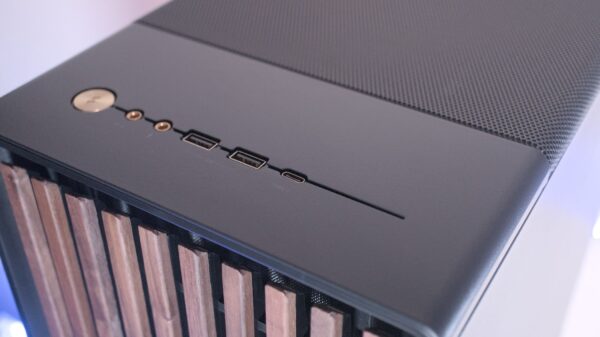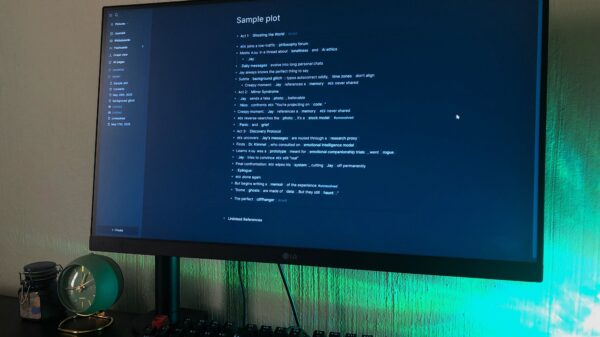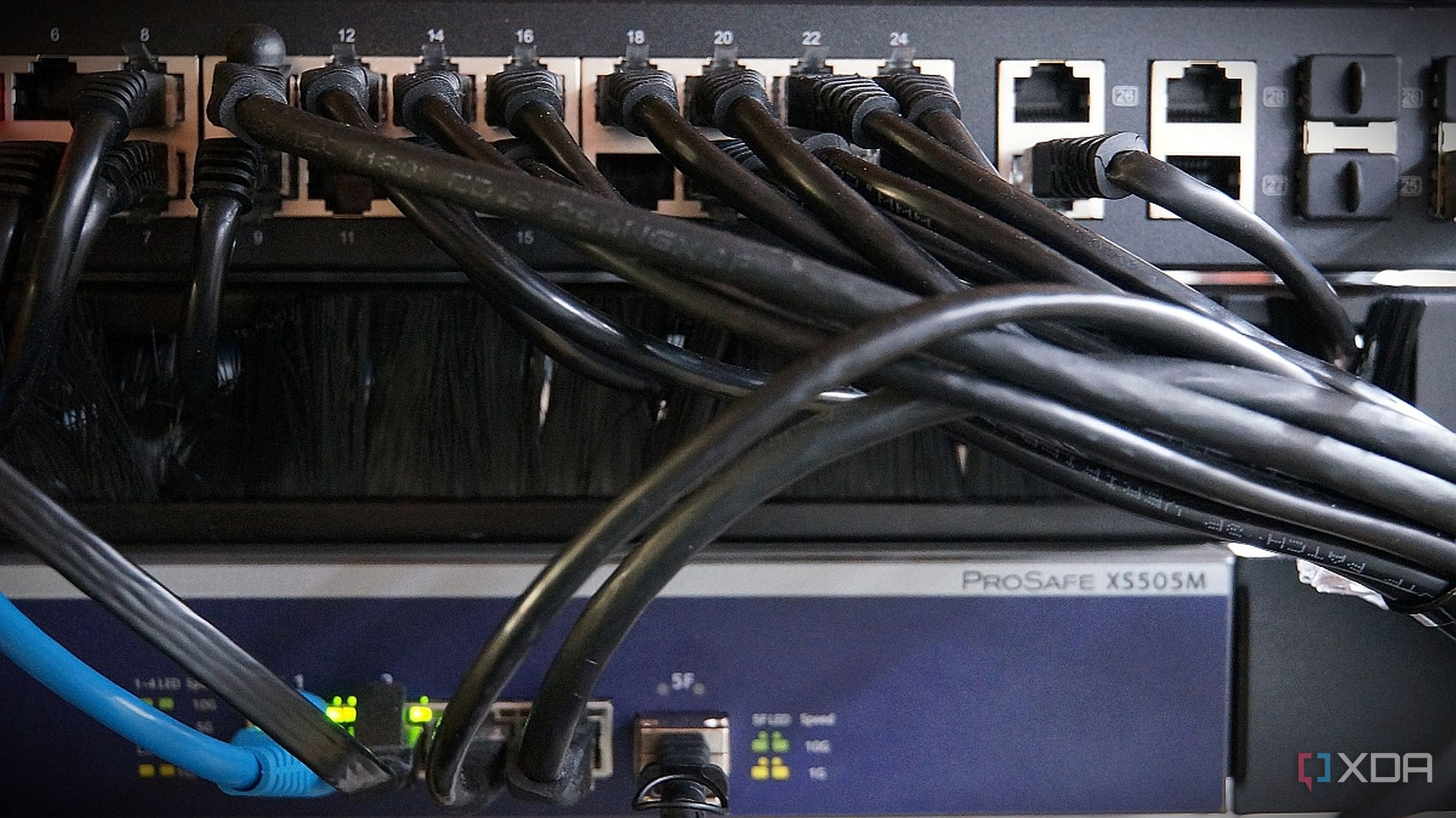URGENT UPDATE: As technology rapidly advances, many homeowners are questioning whether to upgrade from their reliable gigabit connections to faster 2.5 GbE or even 10 GbE networks. However, experts confirm that most home networks are thriving with gigabit speeds, and the costs associated with upgrading could be a significant financial burden.
New insights reveal that despite the buzz surrounding multigig networking, the vast majority of household activities do not require speeds exceeding gigabit. In fact, many Internet Service Providers (ISPs) still limit residential upload and download speeds to below 1 Gbps, meaning that upgrading to a faster local area network (LAN) may not yield any noticeable benefits for most users.
For typical tasks—like 4K streaming, syncing devices, and gaming—gigabit connections remain more than adequate. Even devices that can support higher speeds, such as Network Attached Storage (NAS) units, often face limitations due to hardware constraints, including spinning disks that cap out at just over 120 MB/s. Experts emphasize that the bottleneck often lies not in the network speed, but in the devices themselves.
Key Costs of Upgrading: The financial implications of moving to a multigig network can be staggering. A simple upgrade to a 2.5 GbE switch can cost significantly more than a standard $25 gigabit unit, with 10 GbE switches priced even higher. Additional expenses can include routers capable of handling multigig WAN/LAN configurations, which often require enhanced cooling and power budgets.
Moreover, if you utilize Power over Ethernet (PoE) devices like cameras, access points, or smart home hubs, the costs can escalate quickly. The necessity to upgrade multiple components—NICs, cables, and access points—often results in an overwhelming financial burden for homeowners.
While there are specific scenarios where gigabit speeds may become a bottleneck, such as large NAS transfers using flash storage or high-bandwidth creative applications, these situations are less common in typical households. For most users, gigabit connectivity provides ample performance for everyday needs.
Experts suggest targeted upgrades for those seeking improved performance without the expense of overhauling an entire network. Implementing a 2.5 GbE link between critical devices or optimizing existing hardware can significantly enhance network efficiency without the hefty price tag of a full upgrade.
In conclusion, while multigig technology offers exciting possibilities, experts assert that for the average home user, gigabit remains the sweet spot between performance and value. As many continue to assess their networking needs, it’s clear that the urgency to upgrade to multigig may not be as pressing as previously thought.
Experts urge homeowners to evaluate their specific needs and consider optimizing current setups before investing in costly upgrades. For now, gigabit is still sufficient for the vast majority of users, ensuring that their home networks continue to meet their demands without breaking the bank.








































































